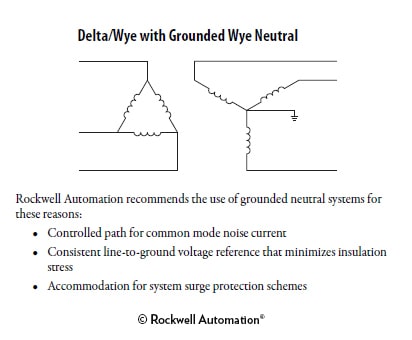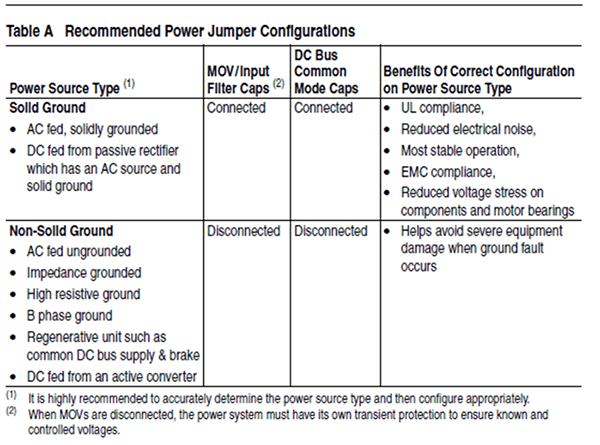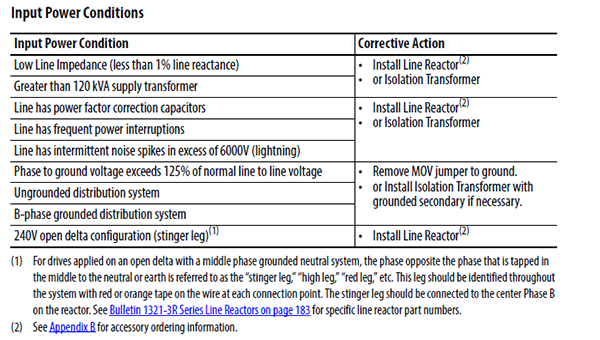
Blog > Automation > Connecting a VFD to a Power System
Connecting a VFD to a Power System
10/31/19 | Tony Saporito, Rexel Technical Consultant
There are several installation considerations to think about when applying a variable frequency drive (VFD). One very important thing to consider, which is often overlooked, is making the right selection when connecting a VFD to a power system.
Grounded Neutral Systems
VFDs are designed to operate on solidly grounded symmetrical wye power distribution systems. These systems are by far the most common in North America. However, some facilities still have ungrounded delta power distribution or possibly high-resistance ground systems.

MOVs and Common Mode Capacitors
There are several things to remember when connecting a VFD to a power system. VFDs are equipped with surge protection devices called metal oxide varistors (MOVs) to protect the drive from voltage surges. And some drives also contain common mode capacitors. Since the MOVs and common mode capacitors are referenced to ground, applying these on systems other than solidly grounded wye systems can result in component failures and or nuisance tripping.

This is because MOVs are designed for surge protection only and are not suitable for continuous operation.
Nuisance VFD Faults
With ungrounded distribution systems, the phase to ground MOV connection can become a continuous path to ground exceeding the phase-to-phase, phase-to-ground, or energy ratings and can result in damage to the MOV and frequently other VFD components. When a system is ungrounded, the common mode capacitors will capture high-frequency common mode or ground fault currents. This condition can damage the drive or result in nuisance VFD faults.
Power Jumper Configurations
Always check your drive user manual for recommended jumper configurations when connecting a VFD to a power system. The following is an example from a Rockwell Automation PowerFlex® drive.

Removing the VFD MOV and common mode capacitor power jumpers and ungrounding these devices is one possible solution. However, this also defeats the benefits of the line side MOV protection and will void the UL Listing and possibly the warranty of the VFD.
A better solution may be to add a drive Isolation transformer ahead of each drive or bank of drives. The secondary of these transformers will be a grounded wye and will provide the essential ground connection.
Input Power Conditions
There are also other input power conditions that line when an isolation transformer would also be recommended when connecting a VFD to a power system. The following is an example from the Allen-Bradley® PowerFlex 525 manual. In addition to creating the necessary ground connection required to utilize the MOV and common mode capacitor circuitry, it can also serve to mitigate other input power issues that may exist.

Need Help Connecting a VFD to a Power System?
Right here in this blog, you’ll find an on-going blog series devoted to VFDs. Our Automation Drives Specialists are VFD experts, and we’re here to answer your questions and provide guidance. Contact us today!